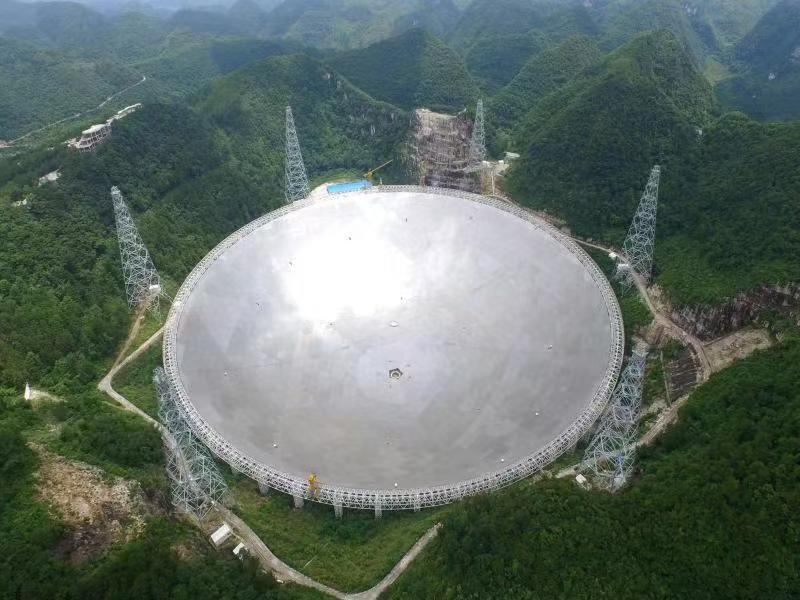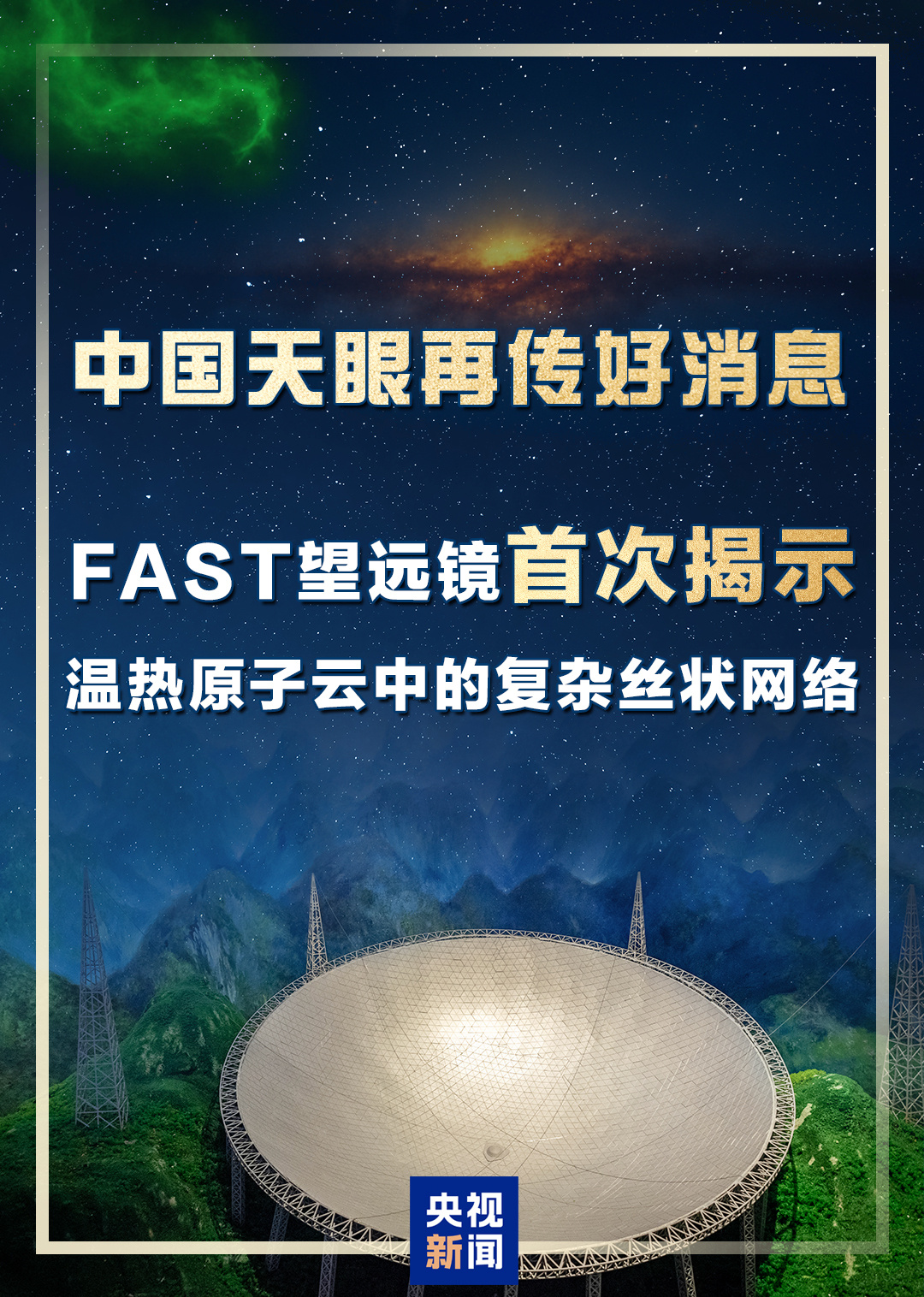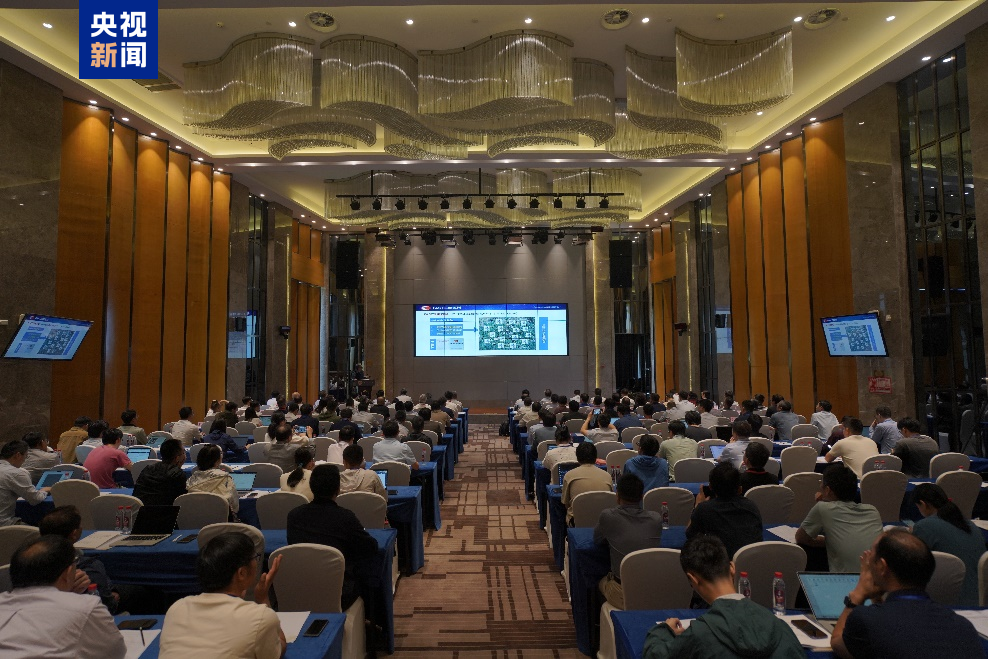

China's Sky Eye FAST
Recently, Tsinghua University, in collaboration with astronomers from Italy, Australia, Germany and other countries, used China's FAST and South Africa's MeerKAT array telescope to conduct high-precision observations of the Milky Way's globular clusters, providing the most comprehensive measurements of the magnetic field gradients and upper limits of ionized gas in globular clusters to date, drawing a clearer map of the Galactic magnetic field, and offering a new perspective for understanding the evolution of star clusters and the magnetic field of the Milky Way.

MeerKAT telescope array in South Africa
Globular clusters are among the oldest objects in the Milky Way, usually composed of millions of stars, including pulsars. Highly magnetized pulsars send out regular electromagnetic pulse signals with extremely high precision. These signals travel across the vast interstellar space to the Earth, carrying valuable information about interstellar matter and magnetic fields.

MeerKAT telescope array in South Africa
FAST's 500-meter-diameter reflecting surface is good at capturing the faintest cosmic ripples - those pulsar signals from millions of light-years away; MeerKAT's 64-antenna array focuses on tracking signals in a wider area of the sky, and any polarization changes caused by gas ionization cannot escape its "eagle eyes and golden eyes". This time, the two world-leading radio telescopes have cooperated deeply for the first time in the field of globular cluster research, refreshing the observation limit and obtaining polarization rotation measurements of 43 pulsars in 8 globular clusters. The study found that there was no detectable ionized gas in 7 of the globular clusters, which were abnormally "clean". This discovery contradicts the theoretical model's prediction that there should be a large amount of gas inside globular clusters, and reveals that there may be effective gas removal mechanisms inside globular clusters, such as strong radiation winds from white dwarfs and young stars. Dr. Zhang Lei, the main person who completed the data analysis, said: "We originally thought that globular clusters should be full of gas, but we found that they have reached a dust-free state, which forces us to rethink the theory of cluster evolution."

Globular clusters
It is understood that China's Sky Eye FAST and South Africa's MeerKAT array telescope will also cooperate in the future to track pulsar mutations, study interstellar turbulence, and even explore possible signals of extraterrestrial civilizations.

The first systematic study of globular cluster pulsar polarization using the FAST and MeerKAT telescopes. The sky background is Milky Way dust, with eight globular clusters (yellow circles) being the focus of this study and two globular clusters (purple circles) that have been previously studied marked.



tFhQhjge nwyCN NtpsJSD mLbRj